Stepwell, Adalaj Vav, Adalaj, Gujarat, India (1499)**
Artist/Designer: Vernacular, Ancient Arch
Project Location: Gandhinagar, India
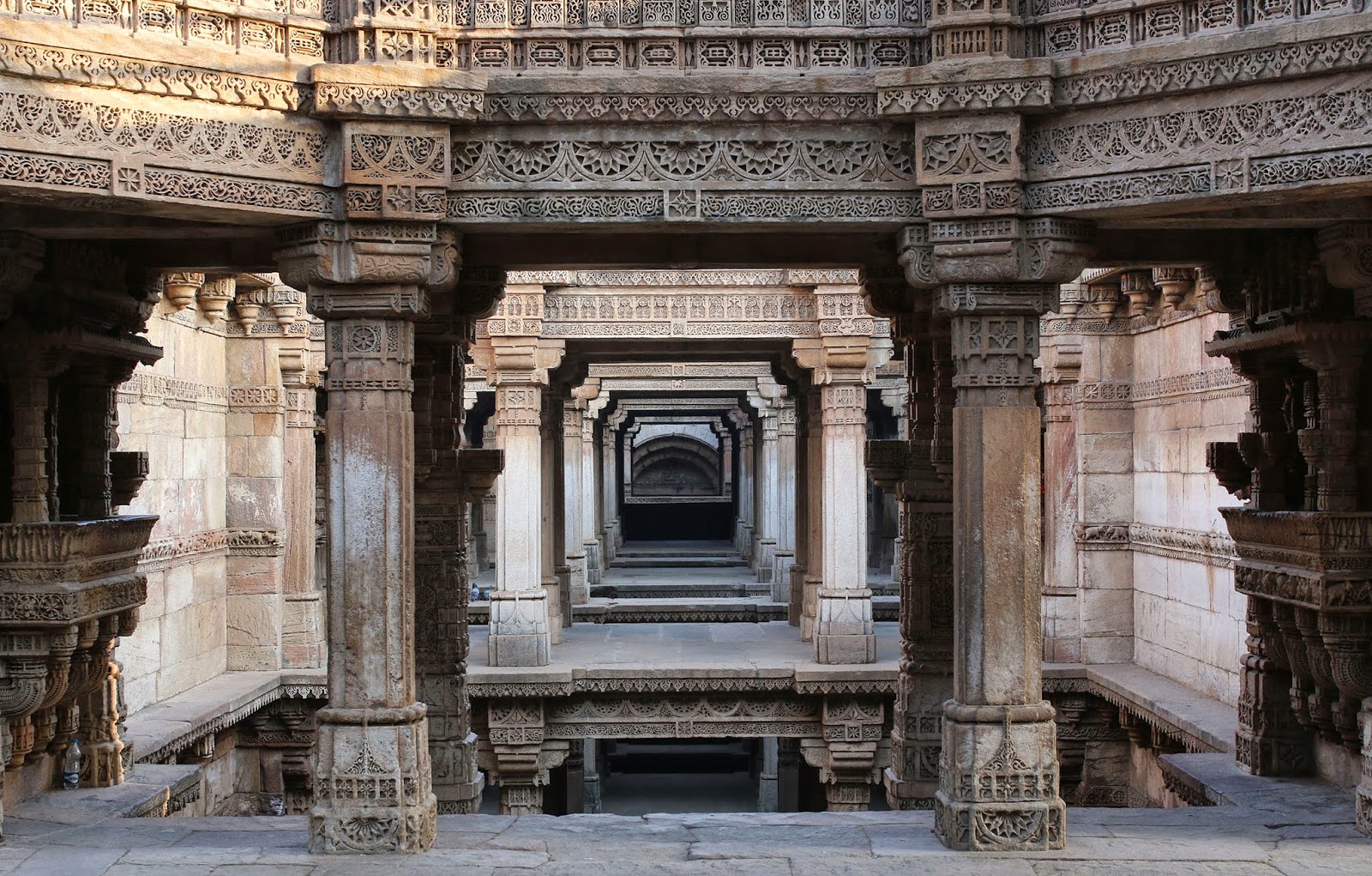
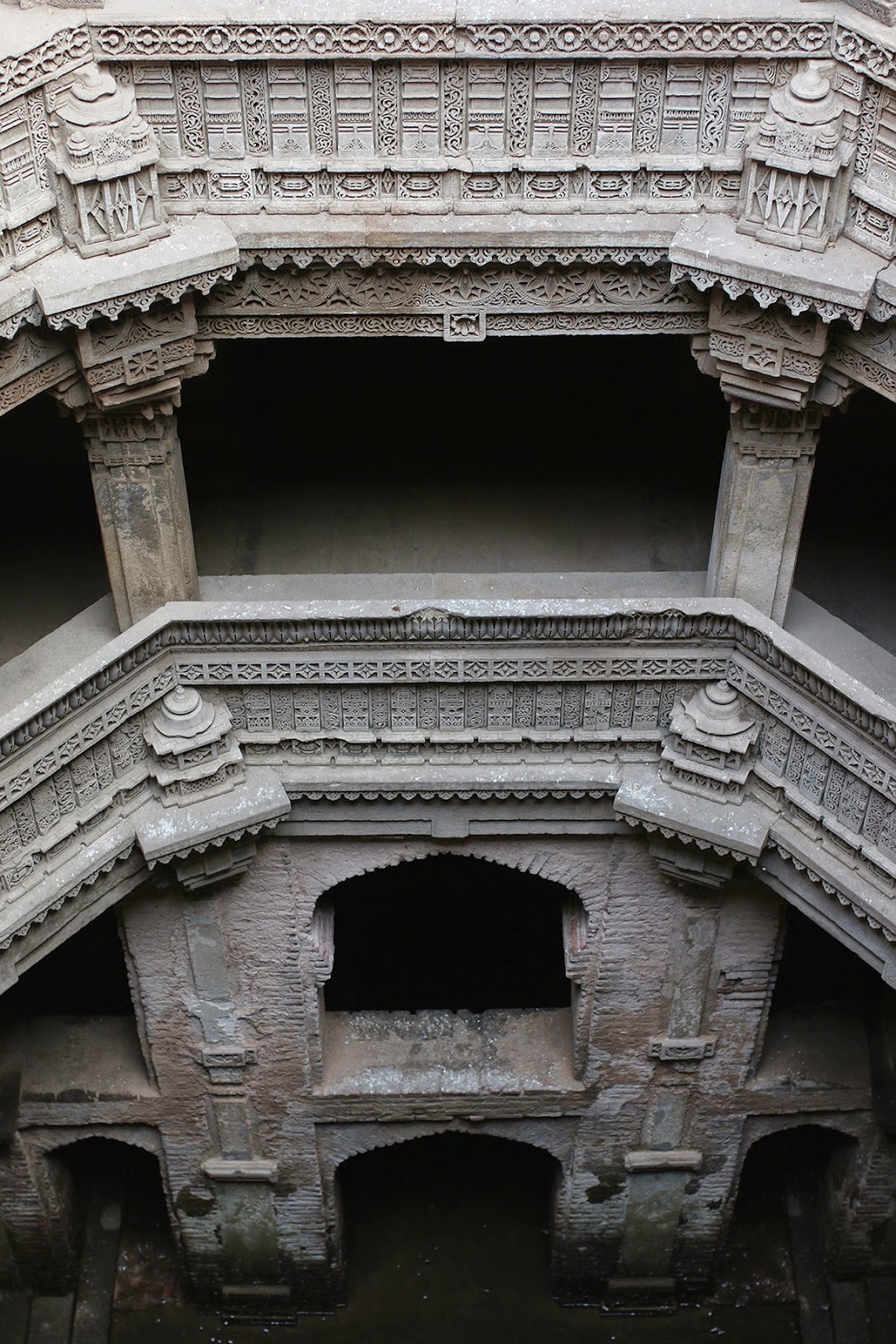
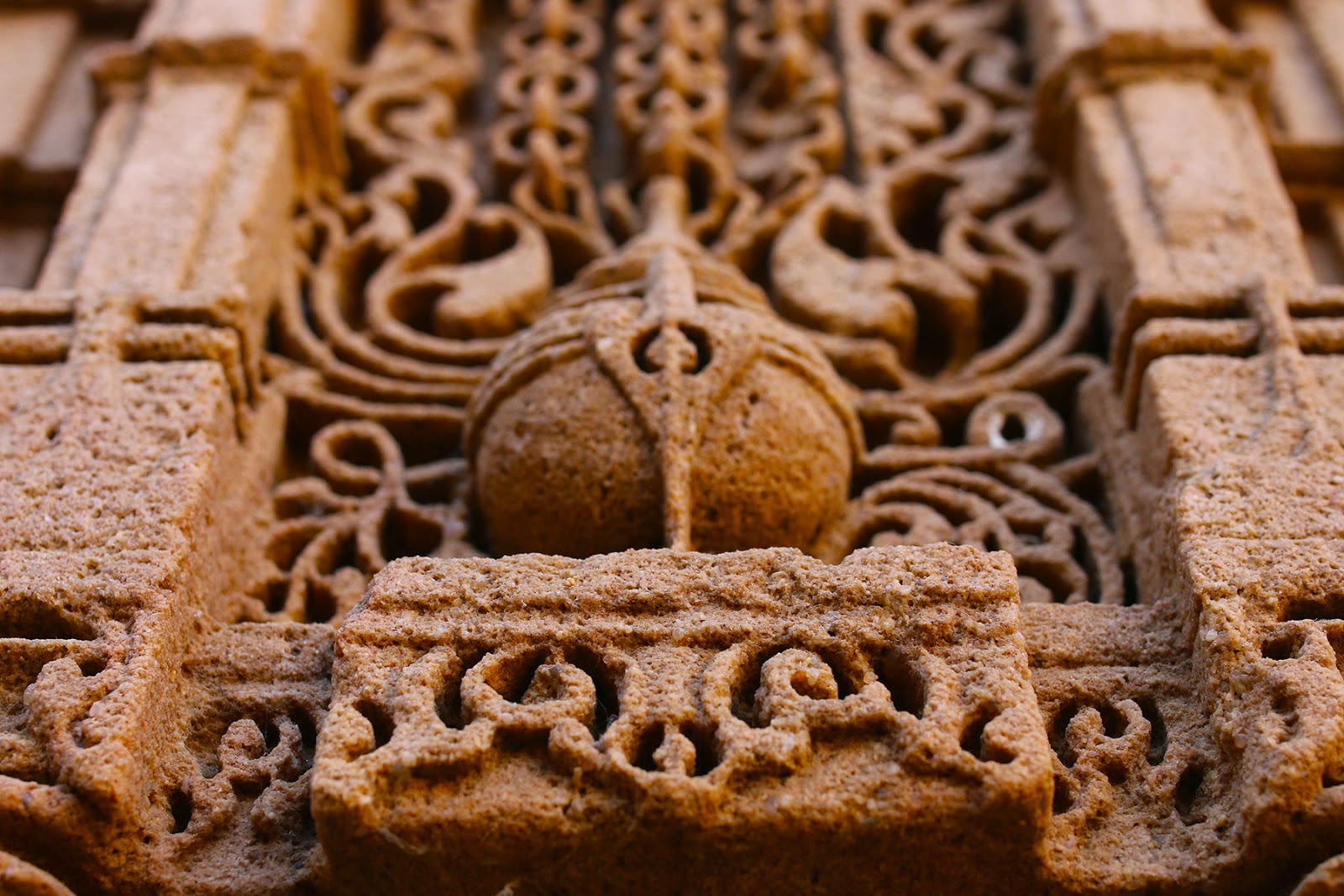
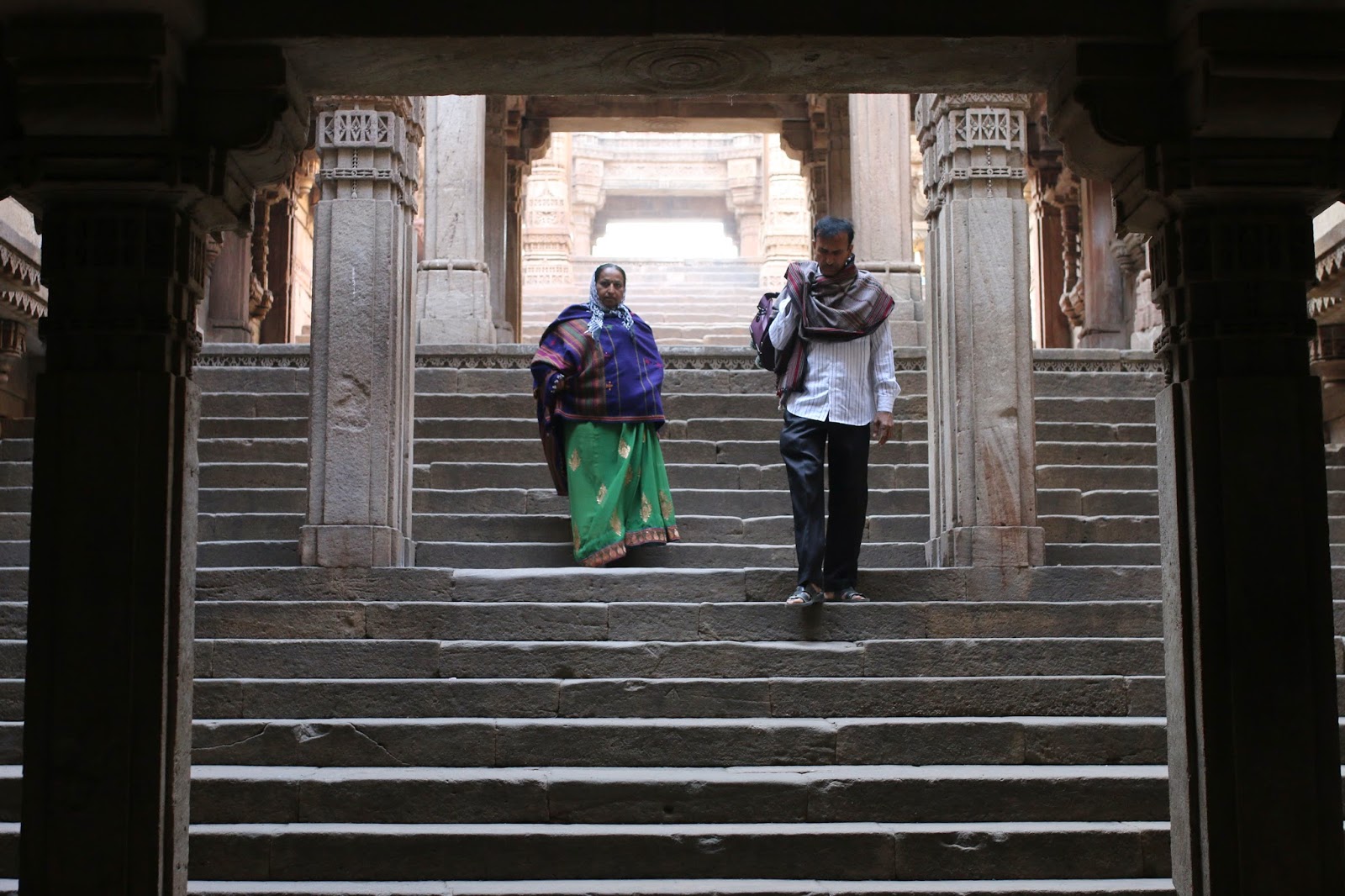
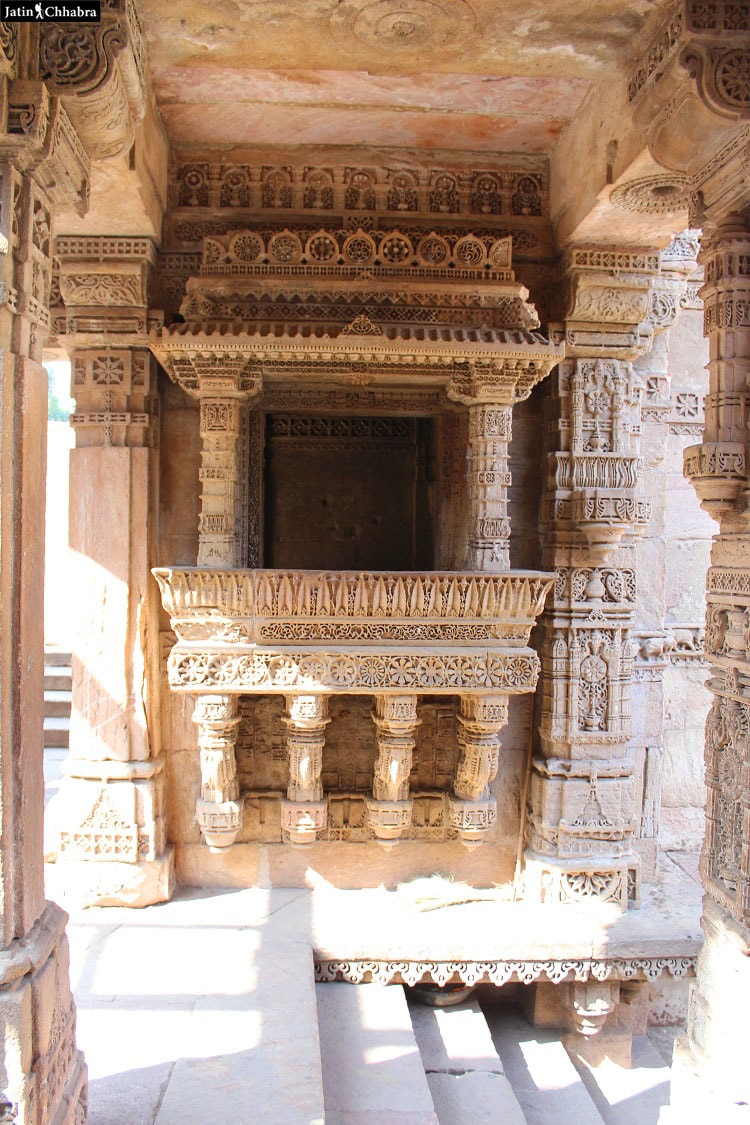
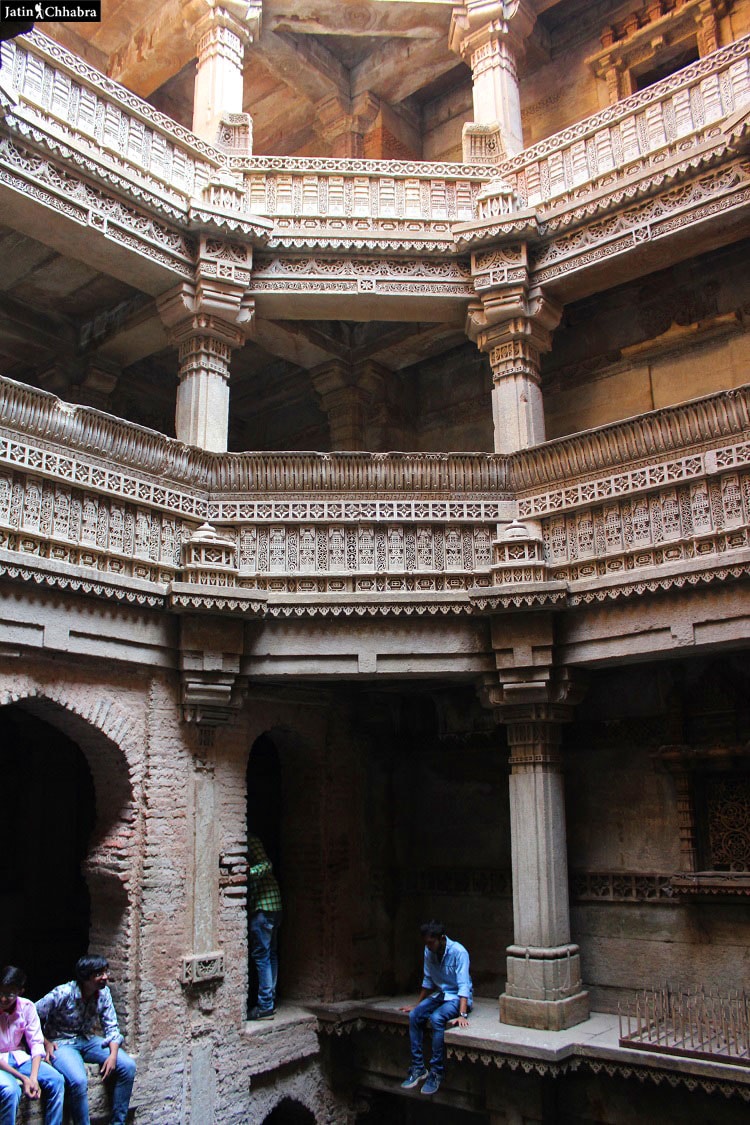
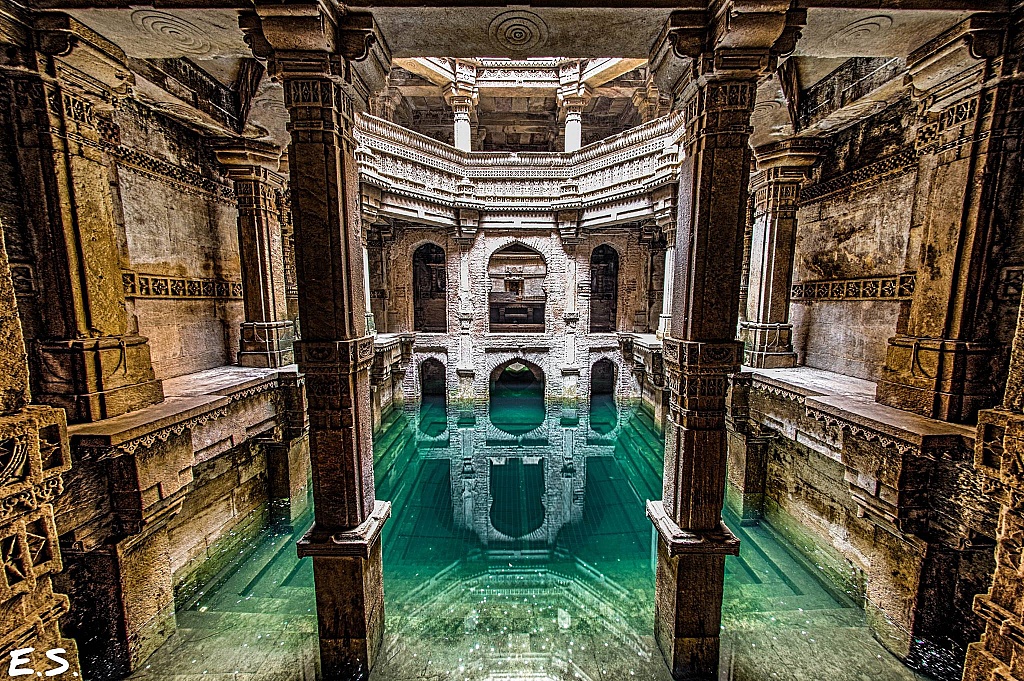
Style/Period(s):
No Style/Period Assigned.
Primary Material(s):
Stone
Function(s):
Hospitality, Community Center
Related Website(s):
Significant Date(s):
15th Century, 1440-1449, 1499
Additional Information:
Publications/Texts in Print:
"Back Matter." Social Scientist 30, no. 3/4 (2002).
Green, Denise. "The 1980s: Asia and Its Influence. The Indian Experience." In Metonymy in Contemporary Art: A New Paradigm, 74-91. University of Minnesota Press, 2005.
Jain—Neubauer, Jutta. "The Stepwells of Gujarat." India International Centre Quarterly 26, no. 2 (1999): 75-80.
Livingston, Morna. Steps to Water: the Ancient Stepwells of India. New York, NY: Princeton Architectural Press, 2002.
Building Address: Adalaj Rd, Adalaj, Gujarat 382421, India
Significant Dates: New Construction 1498, Stepwells in India date back to 200 A.D.
Supporting Staff/ Designers: Vernacular Construction
Tags: India, Architecture, Interiors, 15th Century, 1499, 1440-1449, Stone, Landscape, Stepwell, Hindu, Jain, Sculpture, Well,, Vernacular Architecture, Water Utility, Reservoir
This is one of the oldest step wells in the region, it is 5 stories deep. It's main function is to hold water, offer spiritual sustenance and provide refuge to locals and travellers. Due to the method of construction, the inner area where the water resides, seems to glow from the sunlight and is further into the well therefore making it feel more protected. It is open to the sky and people sometimes gather there to sit and relax. During the construction of this well The Muslim king who began its construction fell into battle and fell in love with a widowed queen. When the well was complete, the queen threw herself into this well and died. There are elements of Hindu and Jain symbolism with carvings, sculptures and floral motifs everywhere. As one descends into the step well, the air gets cooler and the space feels more shaded, this is because of the thick stone used to construct it and also the fact that the person is walking underground towards a body of water. All of these factors provide respite from the heat of the area.
Viewers should treat all images as copyrighted and refer to each image's links for copyright information.